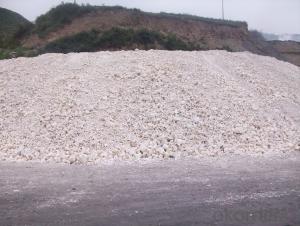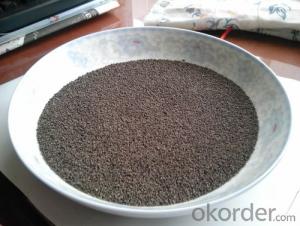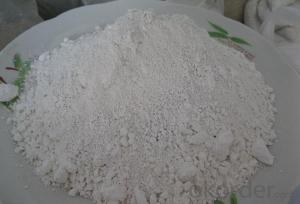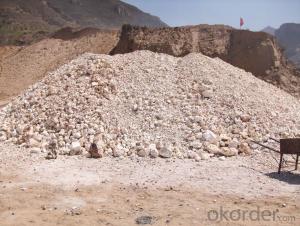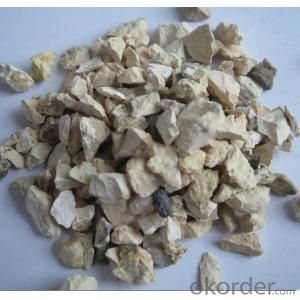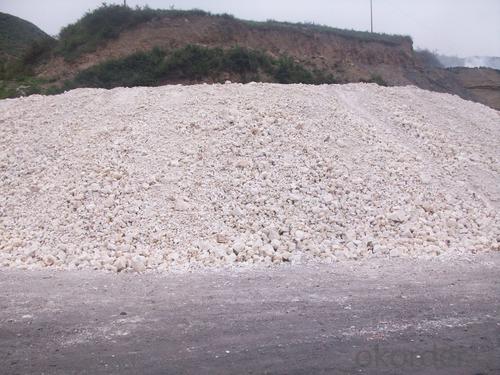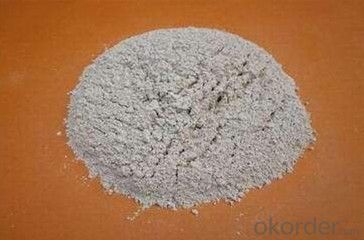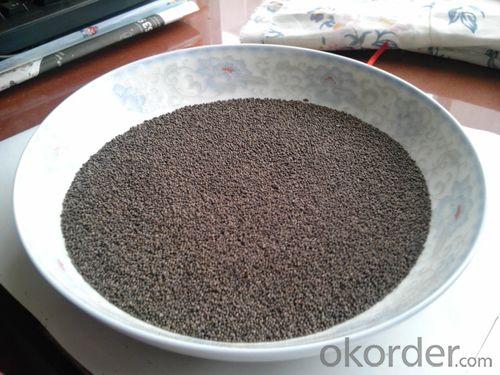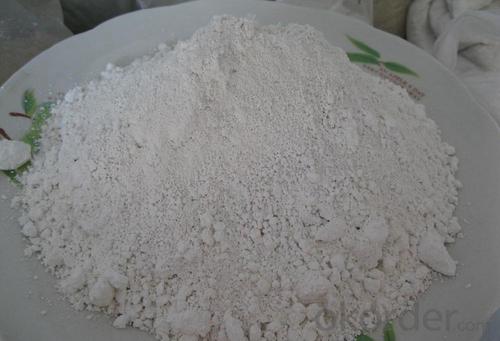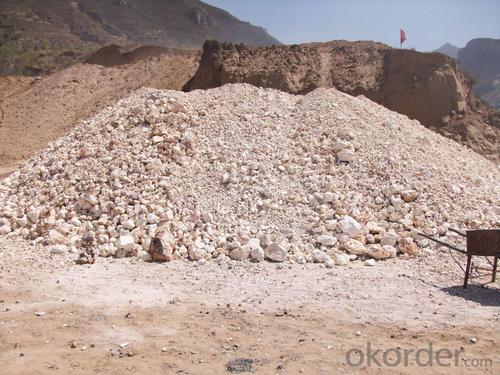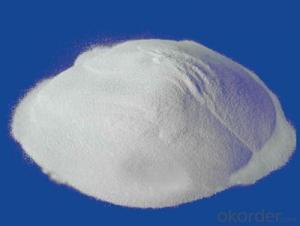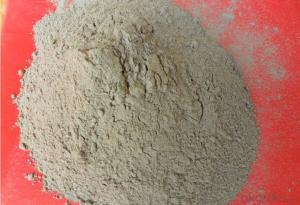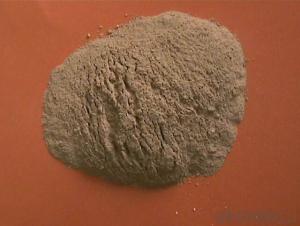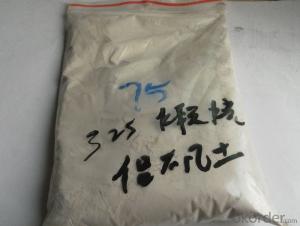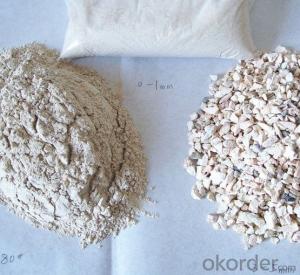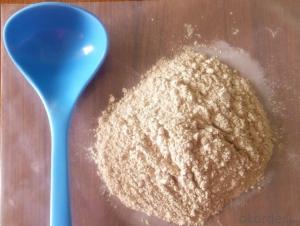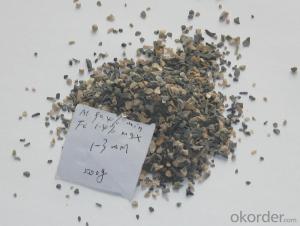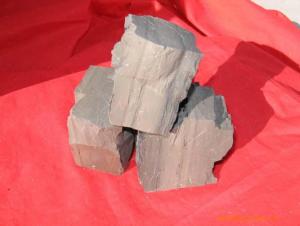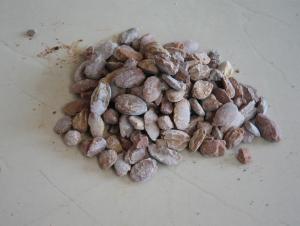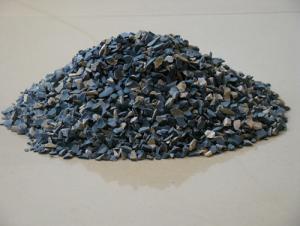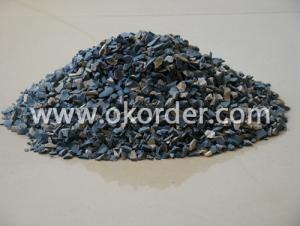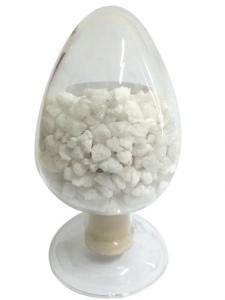Raw Materials for Refractory:89% Rotary/Shaft/Round Kiln Alumina Calcined Bauxite
- Loading Port:
- Tianjin
- Payment Terms:
- TT OR LC
- Min Order Qty:
- 25 m.t.
- Supply Capability:
- 3000 m.t./month
OKorder Service Pledge
OKorder Financial Service
You Might Also Like
89% Rotary/ Shaft/ Round Kiln Alumina Calcined Bauxite Raw Material for Refractory
Introduction
Calcined bauxite is one of the principal ore of aluminum. Calcined bauxite contains hydrous aluminum oxides and aluminum hydroxides, formed through the laterization of aluminous rocks in tropical and subtropical areas .Calcined bauxite is obtained by calcining (heating)superior grade bauxite at high temperature (from 85OC to 1600C) .This removes moisture there.By increasing the alumina content,compared to an alumina content of about 57%to 58% in raw bauxite, calcined bauxite has an alumina content of 84%to88%.The heating is carried out in rotary kilns.
Specifications
1. We directly supply calcined bauxite
2. Al2O3:70%/75%/80%/85%/86%/88%/90%
3. Size:0-1-3-5-8-10/200mesh/325mesh/400mesh/500mesh
Size:
Lumps /Grains:0-1mm,1-3mm,3-5mm,5-8mm /Powders:100mesh, 200mesh,325mesh
Best Price of Calcined Bauxite
Calcined bauxite is one of the principal ore of aluminum.
Calcined bauxite contains hydrous aluminum oxides and aluminum hydroxides, formed through the laterization of aluminous rocks in tropical and subtropical areas .
Calcined bauxite is obtained by calcining (heating)superior grade bauxite at high temperature (from 85OC to 1600C) .this can removes moisture thereby increasing the alumina content. Compared to an alumina content of about 57%to 58% in raw bauxite, calcined bauxite has an alumina content of 75% to 90%.
Calcined Bauxite Grade:
1.Refractory Grade: |
Refractory grade bauxite has high refractoriness, good mechanical strength and moderate slag resistance. Bauxite in the refractory industry is typically used in ladle working lining, tundish furniture, delta sections, general perpose repairment, aluminium melting furnace and mineral processing.
3. Rotary calcined bauxite: |
Rotary Kiln Bauxite, as the name suggests, it is the bauxite produced by rotary kiln. there are three kinds of kilns for bauxite production mainly, rotary kiln, shaft kiln and round kiln.
4. Shaft kiln calcined bauxite: |
Shaft kiln bauxite, the bauxite calcined by shaft kiln. the raw material-bauxite ore is loaded from the top of kiln together with coal powder and combustion improver,the fire of calcination comes from kiln bottom, about 1300-1400 ℃After the complete calcination, the bauxite is carried out from the bottom.
Packaging & Delivery
Packaging Details: In bulk or in 1-1.25mr bag
Product Pictures:
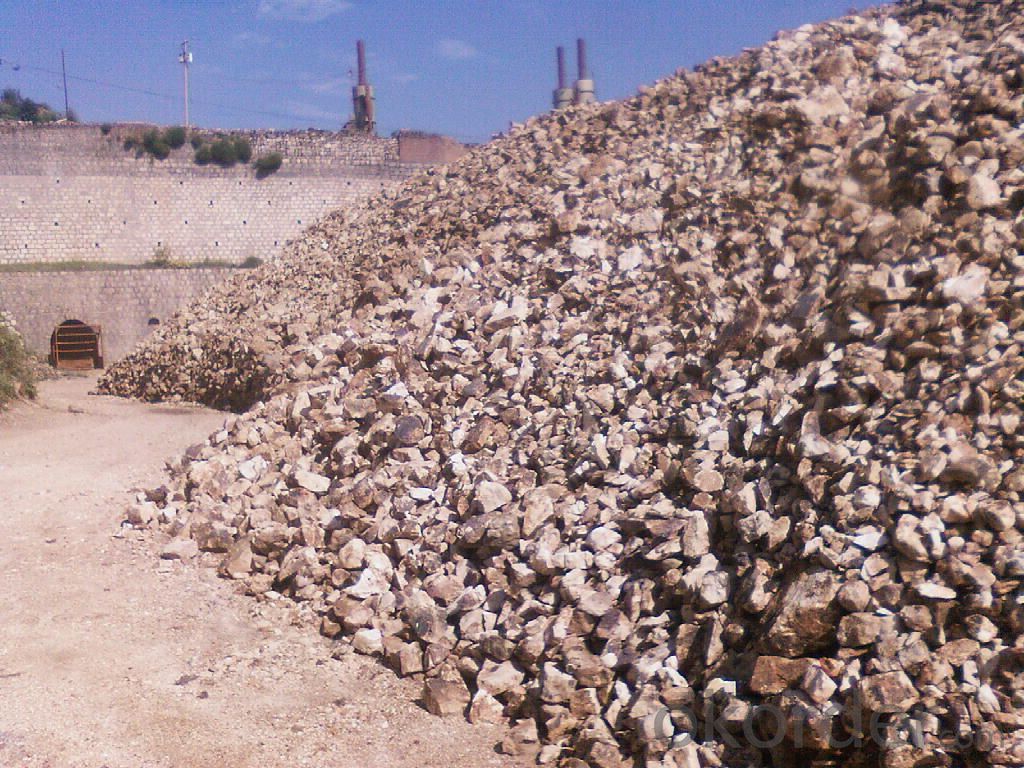

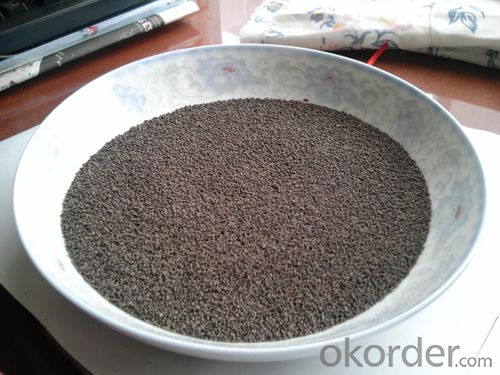

Our Service:
1. Your inquiry related to our products or prices will be replied in 24hours.
2. Manufacturer with large capacity, ensure the fast production cycle after confirmed the order.
3. Our professional technicians will answer your entire enquiry in patient.
4. To meet the refractory solutions, we can serve as your instructions.
5. Protection of sales area and private information for our entire customer.
If you’ve kind enquiries, please don’t hesitate to let us know. ^_^
- Q: what is best for making refractory insulation for Blast furnace, hot stove.
- clay brick, insulating brick can endure relatively high temperature and last longer than the general fireproof fiber.
- Q: Does anyone know the refractory temperature of fire-resistant glass?
- Ordinary glass will burst under sharp temperature difference of about 70-120 degrees and toughened glass of 200 degrees. It is not yet clear for the bursting temperature differences of the refractory glass. If the overall glass is heated evenly, it will have no significant change below 600 degrees, and it will deform with the increase of temperature until melting. The fire-resistant time of the glass you said is the time to heat the glass into the extreme temperature differences it can endure, which should not be more than 10 minutes
- Q: How can refractory materials be divided?
- There are many criteria for the classification of refractories.Just referring to a book about refractory.
- Q: Why the refractories should be waterproof and wetproof
- The binding agent of many raw materials is water-soluble. It will be useless when meeting water.
- Q: what is the original materials of fireproof coating?
- Fire retardant coating is composed of the base materials (that is film forming substance), pigments, ordinary coating additives, fire retardant agent and dispersion medium.
- Q: I wanna ask you, which level is b1 fireproof and thermal inuslation matertial ??
- What you said is the pixel! Only that has b1b2. Level b1 is the fireproofing level b1, because the particle does not belong to the fireproofing material. Only can fire?retardant. The wholesale of all kinds of thermal insulation material and construction need to look at the name.
- Q: How to divided the grade of external wall thermal insulation materials?
- 1, According to China's national standard GB8624-97, combustion performance of building materials will be divided into the following grade level A: Incombustible building material: It is a kind of material that almost does not occur burning. Level B1: Nonflammable building material: Non-flame material has good flame resistance. It is difficult to fire under the condition of open fire in the air or high temperature, and it is not easy to quickly spread, and when the combustion?source is removed, the combustion will stop immediately. Level B2: Combustible?building?materials: Flame material has a good flame resistance. In case of fire in the air or at high temperature, it will immediately burst into flames, and easily lead to the spread of fire, such as wooden column, timber roof truss, timber beam and wooden stairs. Level B3: Combustible?building?materials: It has no any flame resisting effects, and is easy to burn, so the fire risk is high. 2, The external wall thermal insulation materials is divided by fire rating 1) level A combustion performance thermal insulation material Rock wool, glass wool, foam glass, foamed ceramics, foam cement, hole-closed perlite, etc. 2. combustion performance is level B1 insulation materials: Extruded polystyrene board (XPS) after special treatment / Special treatment of polyurethane (PU), phenolic aldehyde and gelatine powder polyphenyl granule 3, combustion performance is level B2 insulation material: Molded polystyrene board (EPS), extruded polystyrene board (XPS), polyurethane (PU), polyethylene (PE), etc. I hope my amswers are helpful to you
- Q: Who knows the highest temperature the high-temperature refractory coating can resist?
- The temperature resistance degree of high temperature coating is different according to different coating types. The temperature resistance degree is vary from tens to thousands, magnesia brick: Greater than 2000 degrees dolomite brick: Greater than 2000 degrees casting corundum brick: Greater than 1990 degrees. The above data come from the network, for reference only.
- Q: what are the types of piping insulation material fire?rating?
- There are two grades: 1, the organic material: Grade B Grade B1 hard combustion (fire?retardant) 2, inorganic materials: class A no burning it is divided into three levels, attributed to the types of materials!
- Q: Classification of porosities in refractories and their effects on properties
- The pores in refractory include open pores, through pores and closed pores.
Send your message to us
Raw Materials for Refractory:89% Rotary/Shaft/Round Kiln Alumina Calcined Bauxite
- Loading Port:
- Tianjin
- Payment Terms:
- TT OR LC
- Min Order Qty:
- 25 m.t.
- Supply Capability:
- 3000 m.t./month
OKorder Service Pledge
OKorder Financial Service
Similar products
Hot products
Hot Searches
Related keywords

